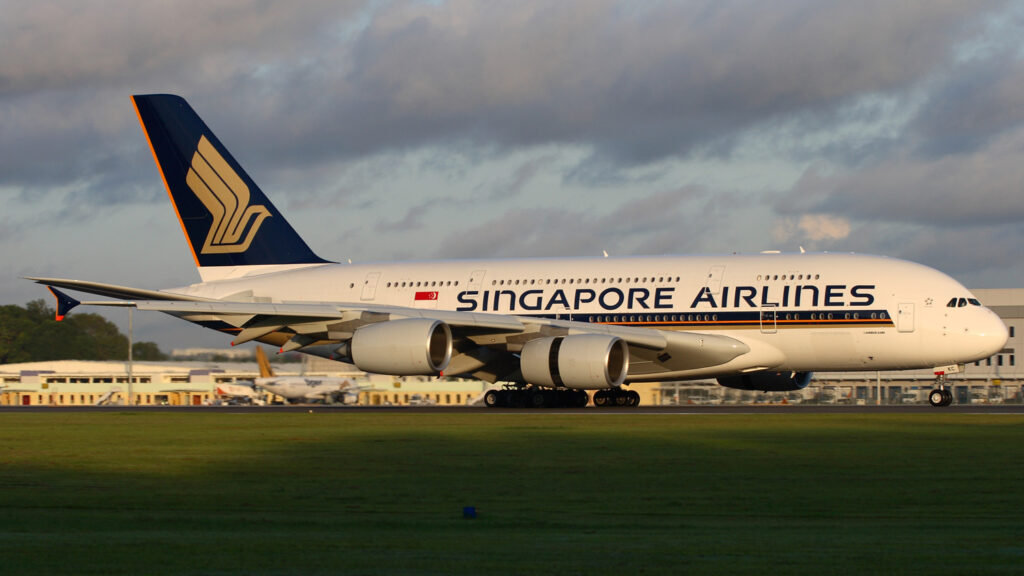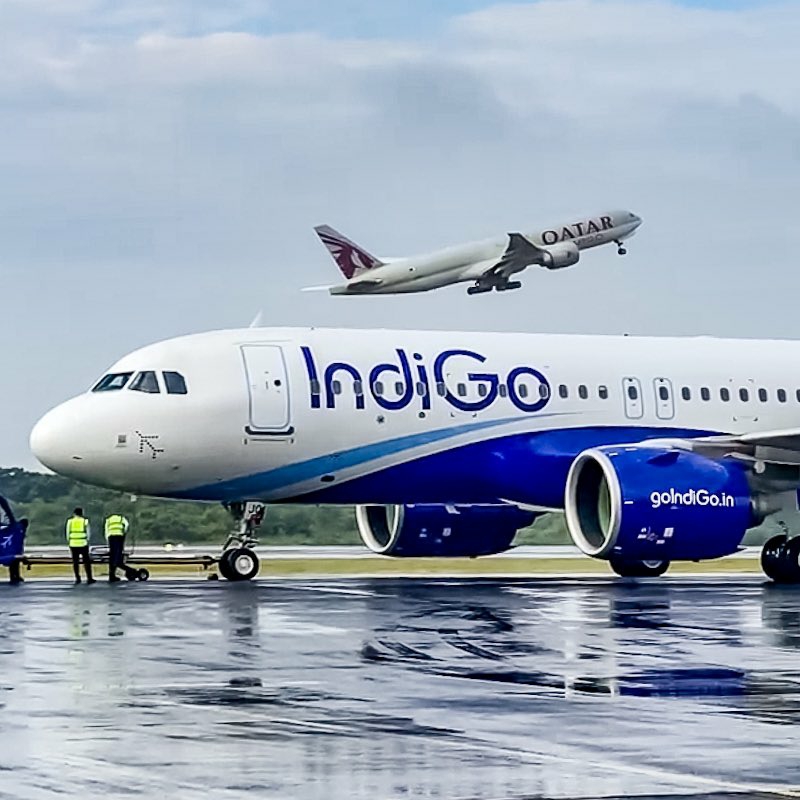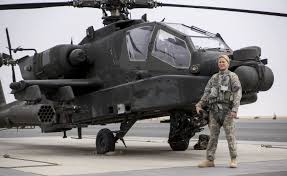Air India’s Profitability: Can It Match Singapore Airlines?
In a highly anticipated announcement of its full-year results, Singapore Airlines (SIA) exceeded expectations after delivering exceptional financial performance for consecutive quarters. The renowned national carrier of Singapore achieved a remarkable milestone by reporting its highest annual profit in 76 years.
For the fiscal year ending in March 2023, the SIA Group achieved a record net profit of SGD 2,157 million (USD 1,598 million), a significant turnaround from the SGD 962 million (USD 713 million) net loss incurred in the previous year. This impressive earnings gain amounted to SGD 3,119 million (USD 2,310 million).
SIA’s revenue witnessed an extraordinary surge, increasing by 133.4 percent or SGD 10,160 million (USD 7,526 million) compared to the previous year, reaching a record high of SGD 17,775 million (USD 13,167 million). Despite a substantial 94 percent increase in capacity, the growth in traffic outpaced it with an astonishing 449.9 percent rise. Consequently, passenger flown revenue expanded by SGD 10,560 million (or 376.3 percent) to SGD 13,366 million. The carrier also achieved a significant milestone with a revenue per available seat-kilometer (RASK) of 10 Singapore cents, marking the highest yearly RASK in its history.
During the past financial year, Singapore Airlines Group’s two airlines, Singapore Airlines, and Scoot, served a total of 26.5 million passengers, which was six times higher than the previous year.
As of March 2023, the airline’s capacity stood at 79% of pre-COVID levels, leaving room for further improvement. The airline expects its capacity to reach an average of approximately 83% of pre-COVID levels in the first half of the current financial year.
Singapore Airline (SIA)

SIA’s exceptional performance can be attributed to its effective response to the challenges posed by the COVID-19 pandemic in the airline industry.
When borders closed and airlines ceased operations, SIA successfully raised over USD 16 billion in cash with the support of shareholders and lenders. This financial strength allowed the company to retain more than 80% of its staff and maintain most of its aircraft in operation. In contrast, many regional competitors had to furlough or lay off employees, sell aircraft, and consequently faced a slower recovery when borders reopened.
During COVID, SIA redeployed cabin crew to other sectors, such as healthcare facilities as “care ambassadors” and public transport as “transport ambassadors” to ensure safety.
SIA utilized the pandemic period to upgrade cabins, merge Silkair with Singapore Airlines to cut costs, and launch the Kris+ lifestyle rewards app, along with improving digital services.
As travel restrictions eased, SIA quickly responded to the pent-up demand for travel, charging higher fares compared to regional competitors who were catching up.
Currently, SIA is operating at over 80% of its pre-COVID capacity, while the average passenger capacity of Asia-Pacific airlines’ international scheduled services is approximately 58%.
In preparation for the future, SIA is exploring strategic initiatives, including expanding its network through deeper collaboration with like-minded airlines. One such initiative involves the proposed merger of Air India and Vistara to strengthen SIA’s presence in the rapidly growing Indian aviation market.
Singapore Airlines
Singapore Airlines will become a 25.1% owner of Air India after investing USD 250 million and gaining approval from Indian authorities. With the appointment of Campbell Wilson, a former SIA executive, Tata Sons aim to replicate the success of SIA at the newly acquired Air India. Wilson, a New Zealand native, brings 25 years of experience from SIA, having served in various leadership roles and worked in different countries.
Tata’s investments in the revitalization of Air India demonstrate their commitment to transforming the airline into a modernized carrier with improved punctuality, in-flight service, cabin environment, and overall customer experience. The new owners have allocated USD 70 billion for aircraft purchases, USD 200 million for IT, and USD 400 million for refurbishing the existing fleet. In a significant move, they placed the world’s largest single order for new aircraft in February, acquiring 470 planes from Boeing and Airbus.
To support its growth plans, Air India has hired thousands of employees, including ten times the usual number of cabin crew and pilots recruited annually.
Air India
According to Wilson, Air India has made significant progress in less than a year, despite years of under-investment, recruitment, and training deficiencies.
In a conversation with Australian aviation blogger Sam Chui, Wilson revealed the changes that have taken place. “We have completely revamped the menus and replaced seats, curtains, carpets, and seat cushions. We have also addressed numerous issues with the inflight entertainment systems, particularly in first and business class, which were previously non-functional. Despite supply chain limitations, we are also making notable improvements in economy class.”
In addition, the airline recently achieved the top ranking for domestic punctuality in India for the first time in eight years, consistently placing among the top two or three carriers in the country.
Wilson acknowledged the current challenges the airline faces, stating, “Our biggest challenge at the moment is managing the rapid growth and scale of the operation. Air India is a substantial airline, already carrying over 100,000 passengers daily.”
While the full impact of these changes will be realized gradually, the CEO of Air India remains confident that the implemented measures will eventually restore the airline to its former status as a premium global carrier.
Wilson emphasized the rich history of Air India, stating, “In the 1960s, Air India was one of the world’s best airlines. With a legacy spanning 90 years, the recent years have posed challenges due to under-investment. However, under the ownership of the Tata Group since January 2022, there has been a significant and determined effort to restore Air India to its former glory.”
Also, Read: Indian Aviation News
Private & Non-scheduled Charter operators in India
Go through, the Mall of Aviation
For the best HELIPAD CONSULTANCY



